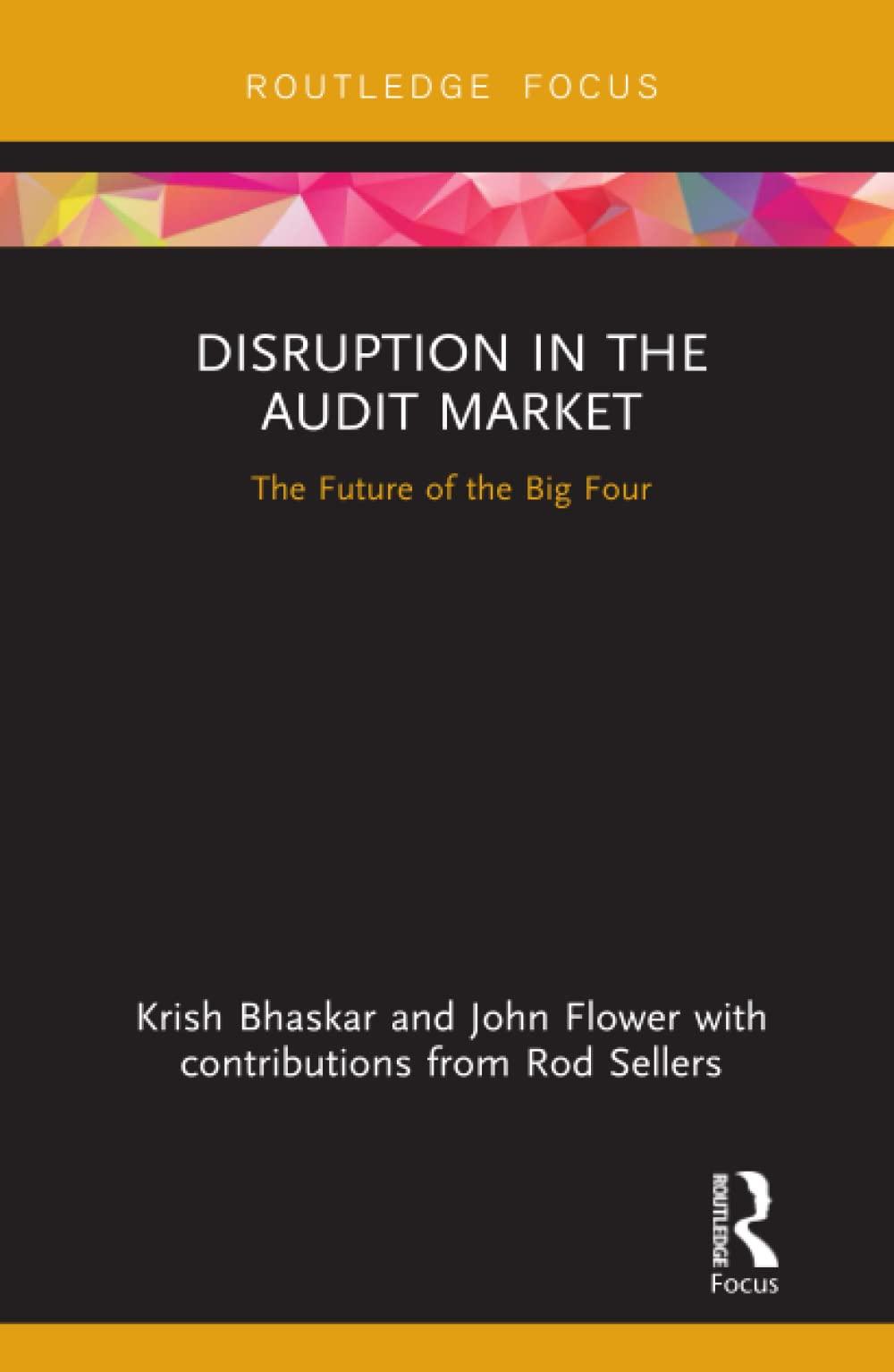Question
Royal Dutch Shell plc. within the Oil and Gas Industry is my chosen Company. POINT TO NOTE: Must have the 'Annual Report' of the company
Royal Dutch Shell plc. within the Oil and Gas Industry is my chosen Company.
POINT TO NOTE:
Must have the 'Annual Report' of the company for 2 years. The period for this case shall be for 2 years: 2018-19 and 2019-20. If you are unable to find the Annual Report of any particular year, you can select / forward / rewind another year. Both the years must be consecutive. Example: It can be 2017-18 and 2018-19.
Additional materials that are expected to research and collect are: Annual Reports of the company, Newspapers, Magazines, Websites articles, industry reports, etc
Needed are:
(1) Introduction and background of the industry and the chosen Industry (Oil & Gas) & Company Royal Dutch Shell).
(2) Analysis of qualitative information from the Annual Report of 2 years of the company (Royal Dutch Shell) - including chairperson's statement, director's report, auditor's report, look and feel of the annual reports, photos, graphs, and tone of language
(3) Computation of ratios in various groups including profitability, efficiency (activity), liquidity, solvency (gearing), and investment (valuation). The calculation should be done for both the years, for any 2 formula in each ratio group. (Please use formulas at least 10)
List of Formulas: Ratio Analysis:
A.
Profitability Group Ratios:
Formula 1.
Return on Ordinary Shareholders' Funds (ROSF) =
Net Profit before Tax and Preference Share Dividend (divided) Ordinary Share Capital+Reserves 100
Formula 2.
Return on Capital Employed (ROCE) =
Net Profit before Interest and Tax (divided) Share Capital + Reserves + Non-Current Liabilities 100
Formula 3.
Operating Profit Margin =
Operating Profit (divided) Sales Revenue 100
Formula 4.
Gross Profit Margin =
Gross Profit (divided) Sales Revenue 100
(B) Efficiency (Activity) Group Ratios:
Formula 1.
Average Inventories (Stock) Turnover Period in days =
Average Inventories (Stock) held (divided) Cost of goods sol 365
Here:
Average Inventories (Stock) held =
Opening Inventories (Stock) + Closing Inventories (Stock) (divided) 2
Formula 2.
The average settlement period for Trade Receivables in days =
Average Trade receivables(divided) Credit Sales Revenues 365
Formula 3.
The average settlement period for Trade Payables in days =
Average Trade Payables (divided )Credit Purchases 365
Formula 4.
Sales Revenue to Capital Employed =
Sales Revenue (divided)Share Capital + Reserves + Non-Current Liabilities
Formula 5.
Sales Revenue per Employee =
Sales Revenue (divided) Number of Employees
(C) Liquidity Group Ratios:
Formula 1.
Current Ratio =
Current Assets (divided) Current Liabilities
Formula 2.
Acid Test Ratio =
Current Assets [excluding Inventories (Stock)] (divided) Current Liabilities
Formula 3.
Cash generated from operations to maturing obligations =
Cash generated from Operating Activities (divided) Current Liabilities
(D) Solvency (Gearing) Group Ratios:
Formula 1.
Gearing Ratio =
Long Term (Non-Current) Liabilities (divided)
Share Capital + Reserves + Long Term (Non-Current) Liabilities
Formula 2.
Interest Coverage Ratio (times) =
Profit before Interest and Tax (divided) interest Payable
(E) Investment Group Ratios:
Formula 1.
Dividend Payout Ratio=
Dividends announced for the year (divided) Earnings for the year available for Dividends 100
Formula 2.
Dividend Cover Ratio (times) =
Earnings for the year available for Dividends (divided)Dividends announced for the year.
Formula 3.
Dividend Yield Ratio (times) =
Dividends per share (divide ) Market Value per Share x100
Formula 4.
Earnings Per Share =
Earnings available to an ordinary shareholder(divided) number of Ordinary Shares on issue
Formula 5.
Cash generated from operations per share =
Cash generated from operations (less Preference Share Dividend (divided) Number of Ordinary Shares on issue
Formula 6.
Price/Earnings Ratio =
Market Value per Share/(divided) Earnings per Share
(4) Comparative analysis of the financial performance of the company vis--vis the industry over a 2-year period (using the above calculations and other literature).
(5) Critically evaluate the efficient market hypothesis and provide examples of its application in the chosen industry and company. Show evidence for the arguments for special events like a declaration of good/bad news, launching or discontinuing a new product, change of CEO, expansion, any other "news" and its impact on information and impact on share prices. Provide clear pieces of evidence with dates and original news sources.
(6) Critically evaluate with examples what types of costs and budgets this industry is implementing
(7) Overall, your conclusions and recommendations for the company and industry.
(8) Please provide accurate referencing of materials and effective usage of databases/software.
All information is provided, there's no other piece of information that can provide at this moment time. Point to note I'vegiven you formulas to use for calculation purposes.
Thanks for your understanding.
There's no other data needed nor any other information for comparison. What your suppose to do is do research Royal Ducth Shell and answer the questions below using the formulas given.
Step by Step Solution
There are 3 Steps involved in it
Step: 1

Get Instant Access to Expert-Tailored Solutions
See step-by-step solutions with expert insights and AI powered tools for academic success
Step: 2

Step: 3

Ace Your Homework with AI
Get the answers you need in no time with our AI-driven, step-by-step assistance
Get Started


